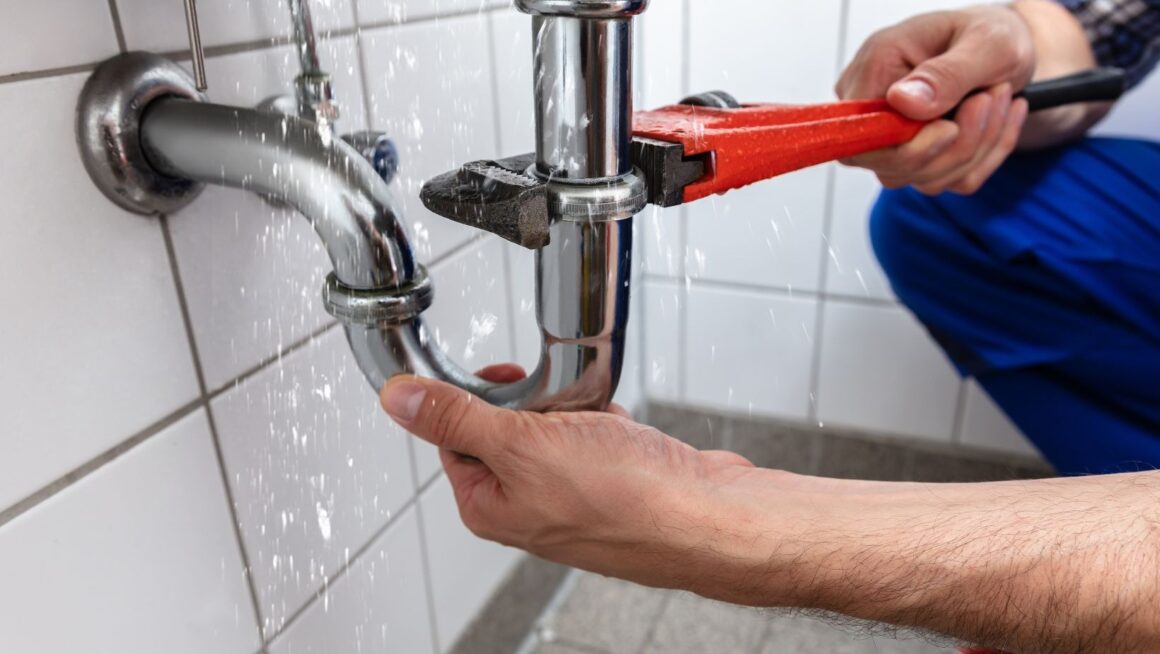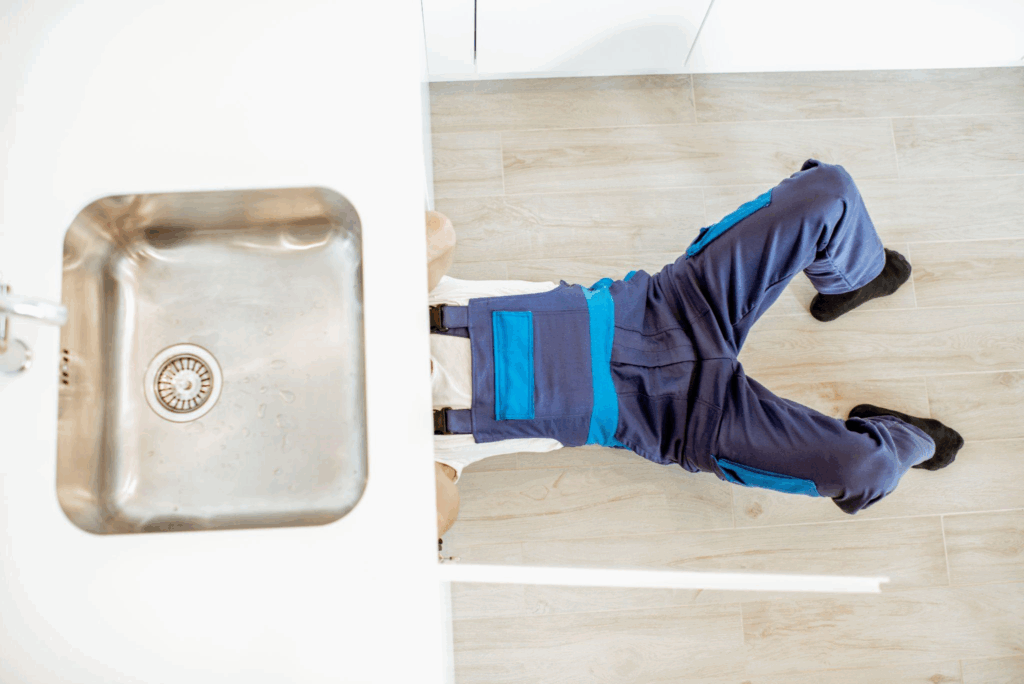You know that feeling of excitement when you finally get the keys to your first home. Mixed with a little bit of “what did I just sign up for?” You’re not alone. Many new homeowners overlook one crucial area right after moving in: the plumbing system.
Spotting small plumbing issues early can save you hundreds, sometimes thousands, in future repairs.
Discover the seven most common problems new homeowners face. Explore what warning signs to look for, and when it’s time to reach out to a trusted local plumbing expert for help.
1. Leaks You Can See and the Ones You Can’t
A few drips might not look serious, but leaks are sneaky. They waste water, raise your bill, and can cause damage long before you notice a puddle. Start your inspection with a flashlight and a little patience.
Check these areas first:
● Under sinks and around pipes: look for moisture, rust, or small puddles.
● Ceilings or walls below bathrooms: stains or soft spots may mean a hidden leak.
● Water heater base: Dampness or corrosion is an early warning sign.
If you find discoloration or hear water running when everything’s off, don’t ignore it. Small leaks rarely stay small. Early attention can prevent bigger, costlier headaches later.
2. Toilets That Won’t Stop Running (or Wobble When You Sit)
A toilet that keeps running isn’t just annoying. It’s wasting water every minute it flows. A constantly refilling tank can waste hundreds of gallons in a month.
Here’s what to check:
● Listen for that steady “hiss” after flushing. It means the flapper might not be sealing.
● Drop food coloring in the tank; if the bowl changes color without flushing, water is leaking.
● Gently rock the toilet; if it wobbles, the wax ring may be failing.
If replacing the flapper or tightening bolts doesn’t help, call a professional. Running toilets are often a quick fix for pros and can save you from hidden floor damage.
3. Slow or Gurgling Drains
It starts with slow water around your feet in the shower or a sink that drains like molasses. Slow drains are more than inconvenient. They’re an early sign of buildup or partial blockages.
Try this before reaching for chemicals:
● Remove visible hair or debris from the drain cover.
● Use a drain snake or a simple plunger (not harsh cleaners that can damage pipes).
● Run hot water for a minute after each use to help flush buildup.
If you hear gurgling or smell sewer odors, it could mean a deeper clog in your main line. In that case, a professional inspection can find the source before it turns into a full blockage.
4. Weak or Uneven Water Pressure
Turning on a shower and getting a weak trickle can be disappointing, especially in a new home. Low pressure could come from mineral buildup or even small leaks in the plumbing lines.
Quick checks include:
● Testing pressure at multiple faucets. If it’s just one, clean the aerator.
● If pressure drops across the home, check for visible leaks or a partially closed valve.
When both hot and cold water are affected, the issue might be deeper in your system. A plumber can quickly pinpoint whether it’s a buildup, a supply issue, or something more serious.
5. Water Heater Health Check
Your water heater quietly works behind the scenes until it doesn’t. Many new homeowners inherit units nearing the end of their lifespan. This can lead to cold showers and leaks down the line.

Look for these warning signs:
● Rust-colored water or metallic smells.
● Popping noises caused by sediment buildup inside the tank.
● Moisture or rust around the base of the heater.
If the heater is over ten years old or shows signs of corrosion, it may be time to consider a replacement. Checking early helps avoid the shock of a sudden leak or total failure later.
6. Drainage and Sewer Line Watch
You might not think about your home’s sewer line until there’s a smell you can’t ignore—but by then, it’s often a big problem. Early awareness can save major repair costs.
Here’s what to look for outdoors:
● Soft or soggy patches in your yard, even without rain.
● Gurgling sounds or slow drains in multiple fixtures.
● Bad odors around floor drains or basement areas.
Tree roots, old pipes, or past blockages could all be culprits. A quick sewer line camera inspection is often all it takes to confirm what’s going on and stop the damage before it spreads.
7. Hard Water and Old Pipes
If your faucets show white buildup or your skin feels dry after washing, you might have hard water. Over time, it can shorten the life of fixtures, appliances, and pipes.
Spot early signs of trouble:
● White or green scale on faucets and showerheads.
● Cloudy dishes or spots after washing.
● Metallic or odd-tasting water.
Older homes may also have galvanized or lead pipes that affect water quality. If you’re unsure what type you have, a professional can inspect and recommend safe, modern options that protect your plumbing—and your health.
Find Problems Early, Keep Homeownership Happy
Owning your first home is a big milestone, and keeping it running smoothly starts with knowing what to look for. The more you understand your plumbing system, the easier it is to prevent costly surprises down the road.
If you spot any of these issues or just want peace of mind, scheduling a home plumbing inspection with a reliable local expert can help. After all, catching small leaks today means fewer headaches. And more hot showers tomorrow.


More Stories
Considering Eye Bag Removal in Singapore? Dermal Fillers & AGNES RF Explained
Complete Guide to Rivian Wall Charger Installation: Planning, Process, and Professional Setup
The Hello Kitty Case Photos: Orange Pus